Independent advisor discusses investment challenges, consumer awareness and the role of NGOs
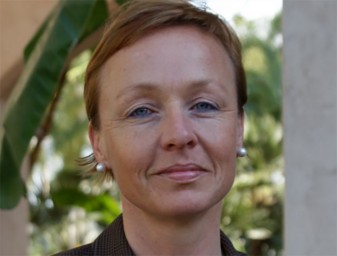 The journey to a career in oceans and fisheries is often unplanned. The allure of the sea and its myriad complexities, however, can be extremely rewarding for those who like a good challenge. For Melanie Siggs, the production of seafood hits on many points she finds fascinating: food, water, energy and how markets are transformed by how they manage their key inputs.
The journey to a career in oceans and fisheries is often unplanned. The allure of the sea and its myriad complexities, however, can be extremely rewarding for those who like a good challenge. For Melanie Siggs, the production of seafood hits on many points she finds fascinating: food, water, energy and how markets are transformed by how they manage their key inputs.
While working in the timber sector, Siggs found herself on the wrong side of Greenpeace, the activist non-governmental organization (NGO) that keeps at least one eye on the global seafood industry at all times. From those experiences, however, she learned that most environmental NGOs have a place at the table, as long as their services have value. She also gained a great appreciation for the parallel struggles other industries have when relying on natural resources.
“As a lot of people will tell you, if you make a venture into the business of fisheries and seafood, it’s very hard to escape; it sort of eats you up,” said Siggs, who first found her way into this world when she worked on contract with the fisheries division of the Food and Agriculture Organization of the United Nations (FAO). She has since travelled the world working on the business of trade in seafood, largely from developing countries to developed countries. “I’ve been hooked ever since.”
I think it’s important to present to the seafood industry perspectives from other industries, particularly concerning sustainability matters. There are often similar challenges but different approaches. What parallels do you notice between timber and seafood, for example? What common challenges do those two industries share?
I absolutely agree. I’ve always tried to do that and to notice exactly what you’re talking about. Where are the lessons learned, and what can be transferred across? One of the areas we’re looking at at the moment is what we can learn in terms of managing illegal seafood, IUU seafood, and where the timber sector has been managing challenges of illegal logging and timber over the years. We’re looking at carrying out an in-depth study of the journey of those two things and trying to notice what looks the same, what the lessons are, and the different places along the chronological order of the journey. That’s one example. Our sense is there will be some interesting points of learning, on both sides, as well as the opportunity to further connect and raise the importance of legal, well managed and socially appropriate supply chains for both sectors, which is a strong message to policy makers.
The other thing I always try to do is keep seafood and fisheries in the bigger context of the business of food. I do that because I think it’s quite easy for us to get insular in our thinking around seafood’s challenges and its special properties. Whereas, if we take it back out into the business of food, which is what consumers see it as, and what retailers see it as, then I think we keep a better perspective and there’s greater learning there too. It is perceived by the private sector as a food category — but less so by a lot of governments and policy makers who separate food and fish. Food has strong political value, fish — in many cases less so — so the more we can bring it in to the mainframe of consideration the greater value we can create in it. In truth politicians are unlikely to care deeply about the fish, but about people, so the more we can embed the business of fish in the thinking about people and food the more ‘sense’ we can create for politicians and others to support good development and management of seafood production and the people involved.
Most NGOs, whether you love them or loathe them, have a place in the big picture. You’re always going to have the disruptors or the catalyzers of change, while others are better placed to partner with companies and find solutions.
Aquaculture and fisheries obviously intersect in many ways. How can they work together better? At the end of the day they’re both producing seafood for human consumption.
They are. I’m quite a visual person, and I always remind myself that the end products look very similar. It’s seafood. The production methods and the harvesting methods of those two things, however, look quite dissimilar. We have to ask ourselves, “How much do we need to communicate and how much do we want to confuse?” We need to find those honest, simple messages which allow people to dig in deeper and understand more if and when they want to. What are the basic messages that people need to understand around the seafood that’s on their plates in terms of production and the impacts of that product so they can make good choices? Perhaps we’re not asking ourselves that question. There may be some labelling opportunities for farmed and wild fish to work more closely together, but I don’t get hung up about the two working together, to be honest with you, what I get hung up on simple honest messaging of food that allows people to make good decisions.
From a production perspective there is a clear nexus for farmed and wild fish at the intersection in feed. It would seem this is an appropriate place for the two sectors to work together ensuring good management of fisheries providing inputs to fish feed.
Does seafood lack strategic thinking, or long-term thinking about how to convey this type of information to consumers? It seems like the industry is very defensive.
I would agree with that. There are of course exceptions to every rule and when we’re talking about “we” we’re largely talking about the North American and Northern European markets here. Within those markets, it often tends to feel quite defensive. There is sometimes a need to reassure people of all the stuff we’re not doing as much as the stuff that we are doing.
Some years ago I remember having a conversation with someone about certification on the wild-capture side. They felt they were being forced into certification to defend themselves against NGOs, to defend themselves in the marketplace. I really encouraged them to look at it a different way, that achieving certification could be a celebration, or a demonstration of how well they were doing something. And so I think a lot of it is how we tell the story — defense of good management or celebration of good management?
Investing in aquaculture can be a risky venture, and many believe that losses due to disease or natural disasters are a matter of when, not if. What does investible aquaculture mean to you?
Investing is, by its nature, a risky business. What investors want is to understand levels of risk quickly and efficiently. If we want to attract core investment, we need to build trust in aquaculture and make investors’ lives easier by ensuring they can easily assess their risk exposure. It feels sensible to me to build a set of criteria. Investors don’t want or need to be experts. They just need to have trust in a set of criteria that allows them to confidently measure their exposure to risk in whatever they are looking at.
There are three activities in which you need to achieve trust and credibility for aquaculture to be an investment opportunity. One is continued development of and commitment to an agreement of what constitutes best practice, such as certification standards. Both the Global Aquaculture Alliance (GAA) with the Best Aquaculture Practices (BAP) standards and the Aquaculture Stewardship Council (ASC) standards provide us with those necessary frameworks of assurance. Both of those organisations are going to continue to evolve and develop, but essentially, aquaculture development, which either meets those standards or can prove aspiration and a journey toward those standards, is the first step in that piece. That aspiration and journey is something we need to work on creating criteria for to measure the level of quality, commitment, progress, ability and outcome.
We need to hear from [investors] about what their investment objectives are and what their risk-tolerance levels are, and what the competition is for their investments so that we can build attractive, investible projects and financial products.
The second activity is education and capacity building. As we learn more about how to avoid and manage risks associated with aquaculture, such as a disease we’ve got to think about how we can share that learning in order for the risk to be managed at all levels so that we can avoid outbreaks or minimize environmental impacts and other risks. Demonstrating how we’re reducing risk and how that knowledge is being shared throughout the sector such that the sector as a whole is becoming lower risk is going to be really important to build confidence with investors, so that when they do understand the risks, they understand what we’re doing to mitigate them. All of this will be within the context of the non-aquaculture specific factors such as the political approach to aquaculture development and legal frameworks.
The third thing is about us understanding them, the investors. Never mind them understanding more about aquaculture, we need to make sure we involve potential investors or investment experts in our dialogues around building aquaculture as an asset class. We need to hear from them about what their investment objectives are and what their risk-tolerance levels are, and what the competition is for their investments so that we can build attractive, investible projects and financial products.
Impact investors, those who seek social or environmental gains in addition to financial returns, can possibly make a big difference, particularly in developing nations where the bulk of global aquaculture activity is based. What examples of impact investment have caught your eye and are worth replicating?
I think I would go in a slightly different direction of continuing the learning around more generally what is good impact investing right now. There are undoubtedly some promising examples, and not necessarily just within seafood, but within food or land use more broadly. I saw a report that showed in the United States there was something like $17 trillion currently invested in social impact assets in 2014. That was a growth of 75 percent in two years, since 2012. What we can deduce is there’s appetite for impact investing, in things that give a greater social or environmental benefit alongside the financial returns, so a real triple bottom line performance.
There are already existing platforms to help understand these kind of financial products. For example, there’s a group called Global Impact Investing Rating System (GIIRS), which rates investments on a set of criteria recognizing Environmental, Social and Corporate Governance (ESG) models of practice. And specialist banks like Triodos that specialize in socially responsible investment (SRI) funds. So if we want to create impact or SRI financial products that are related to the development of good aquaculture, then we need to dig deep into some of those areas and understand what the market is and what we have to offer as a meaningful product in terms of aquaculture development.
Environmental NGOs involved in seafood and the oceans are vast in number and cover the entire spectrum from collaborators and partners — such as FishWise — to protest activists like Greenpeace. In your view, what are the characteristics of the most successful and influential NGOs?
I’m smiling at “successful and influential” because we’re all going to define that differently, aren’t we? And I think most of those definitions are valid. Most NGOs, whether you love them or loathe them, have a place in the big picture. You’re always going to have the disruptors or the catalyzers of change, while others are better placed to partner with companies and find solutions, like FishWise, as you mentioned. I have sat on both sides of that; I’ve been in the company under attack from the ‘disruptor’ (Greenpeace on that occasion), and I’ve been the NGO trying to find solutions and ways forward with private sector partners. Twelve years ago, when I was working in the timber sector, we ran a parallel testing of standards with WWF as an observer to the process. I can genuinely say I’ve sat in the different spaces, and to me, it doesn’t matter if they’re disruptors or solution-finders; none of them are better, they together make up the whole. But I do think it is important that they understand the effects of their actions, are accountable, and give companies the opportunity to address situations. Reputations are very quickly destroyed and very slowly repaired. If you look at something like the Greenpeace retailer rankings, in Europe and the United States, that was a great catalyzer of action by the retailers to address their weaknesses in terms of seafood sourcing. Then NGOs stepped in, and continue to do so, to work with those retailers and processors to find solutions — who in turn are then able to tell positive stories of change. Arguably, both parties are influential and successful.
I’ve long proposed that there’s just as much need for NGOs to produce products and services that have value in their markets, as a commercial operator does. If an NGO doesn’t meet the needs of their “market,” either as an alarm maker or a solutions provider, they’re not going to survive. Their value might be in expertise or science or as a brand partner or as a risk identifier or a dialogue creator — it doesn’t matter. It is essentially a product or a service that they are providing that is needed that will help them stay legitimate and help create change for mutual good. In many ways that’s part of our challenge in areas like Asia and Africa where NGOs are finding it harder to work out what their political, fiscal, business or social value is in terms of creating that change that is going to help improve fisheries or livelihoods or develop good aquaculture.
Editor’s note: Part two of this interview will be posted on Friday, April 8.
Now that you've reached the end of the article ...
… please consider supporting GSA’s mission to advance responsible seafood practices through education, advocacy and third-party assurances. The Advocate aims to document the evolution of responsible seafood practices and share the expansive knowledge of our vast network of contributors.
By becoming a Global Seafood Alliance member, you’re ensuring that all of the pre-competitive work we do through member benefits, resources and events can continue. Individual membership costs just $50 a year.
Not a GSA member? Join us.
Author
-
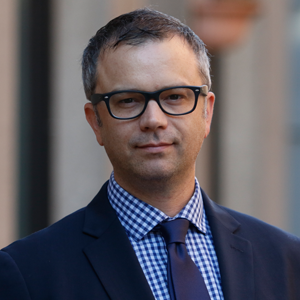
James Wright
Editorial Manager
Global Aquaculture Alliance
Portsmouth, NH, USA[103,114,111,46,101,99,110,97,105,108,108,97,97,103,64,116,104,103,105,114,119,46,115,101,109,97,106]
Tagged With
Related Posts
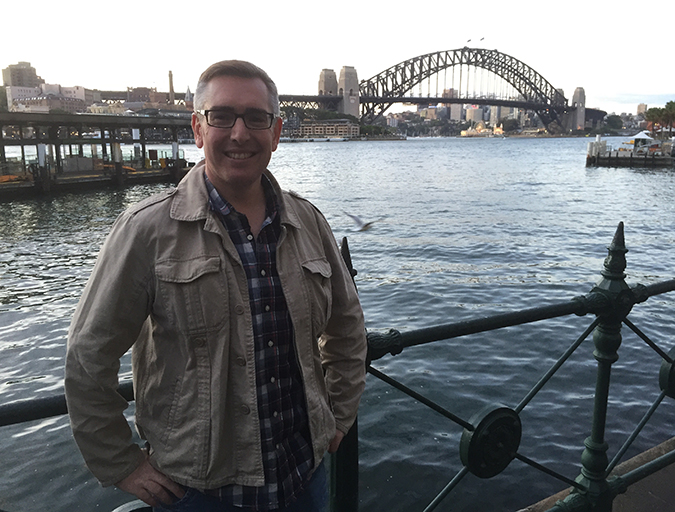
Innovation & Investment
Aquaculture Exchange: Tom Pickerell
The technical director for the U.K. seafood industry authority, Seafish, talks to the Advocate about the challenges facing aquaculture expansion and why it will be seafood that fills the protein gap that many are expecting in the future.
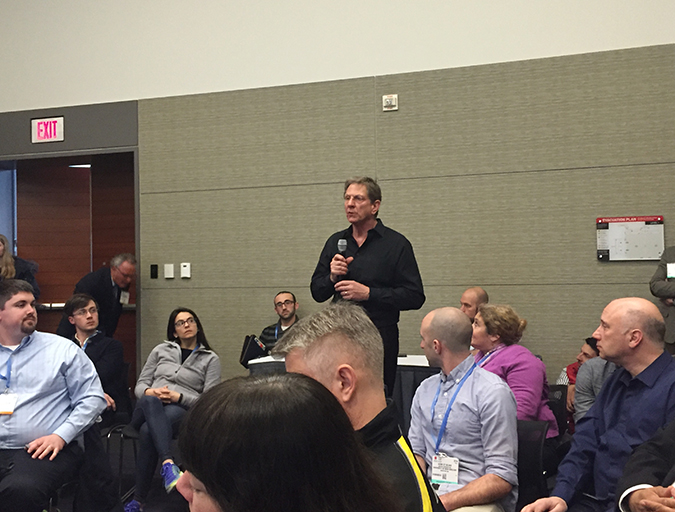
Intelligence
Boston brainstorm: Getting consumers to embrace aquaculture
In a discussion format somewhat unique to the bustling halls of Seafood Expo North America, aquaculture backers lamented the lackluster U.S. consumer acceptance for farmed fish.
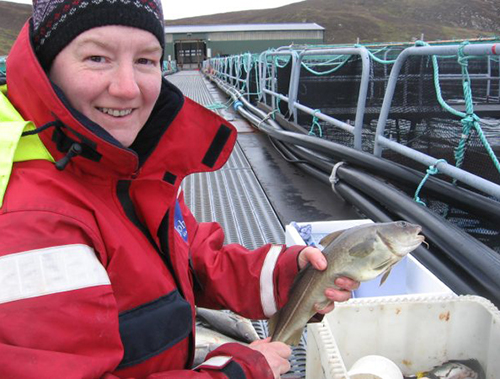
Innovation & Investment
Aquaculture Exchange: Dawn Purchase, part 2
The Marine Conservation Society’s aquaculture program manager discusses what consumers ultimately need to know about aquaculture, responsible production and eco-labels. She also looks at NGOs making a difference in the global seafood industry and where she finds innovation in action.
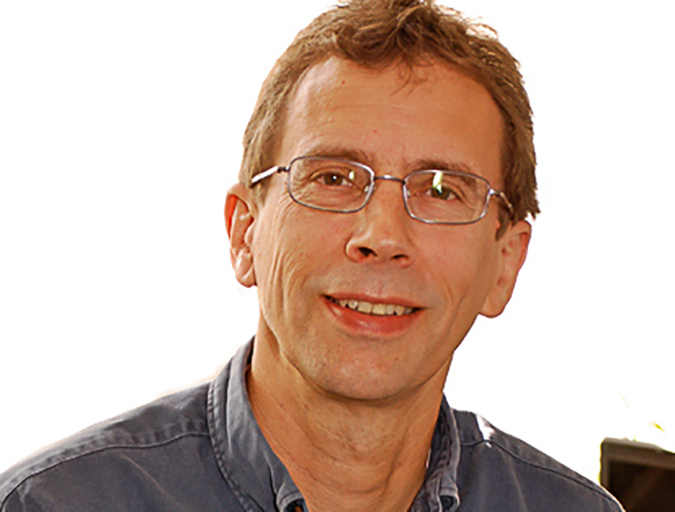
Innovation & Investment
Aquaculture Exchange: David Little, University of Stirling
David Little, professor at the University of Stirling in Scotland, tells the Advocate about the rapid evolution of the aquaculture industry in Southeast Asia — where he made his home for many years — and discusses the role of academia in ushering in new eras of innovation.


